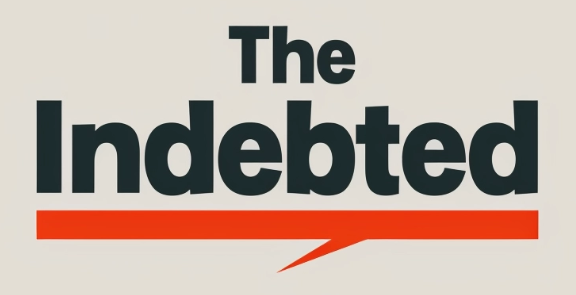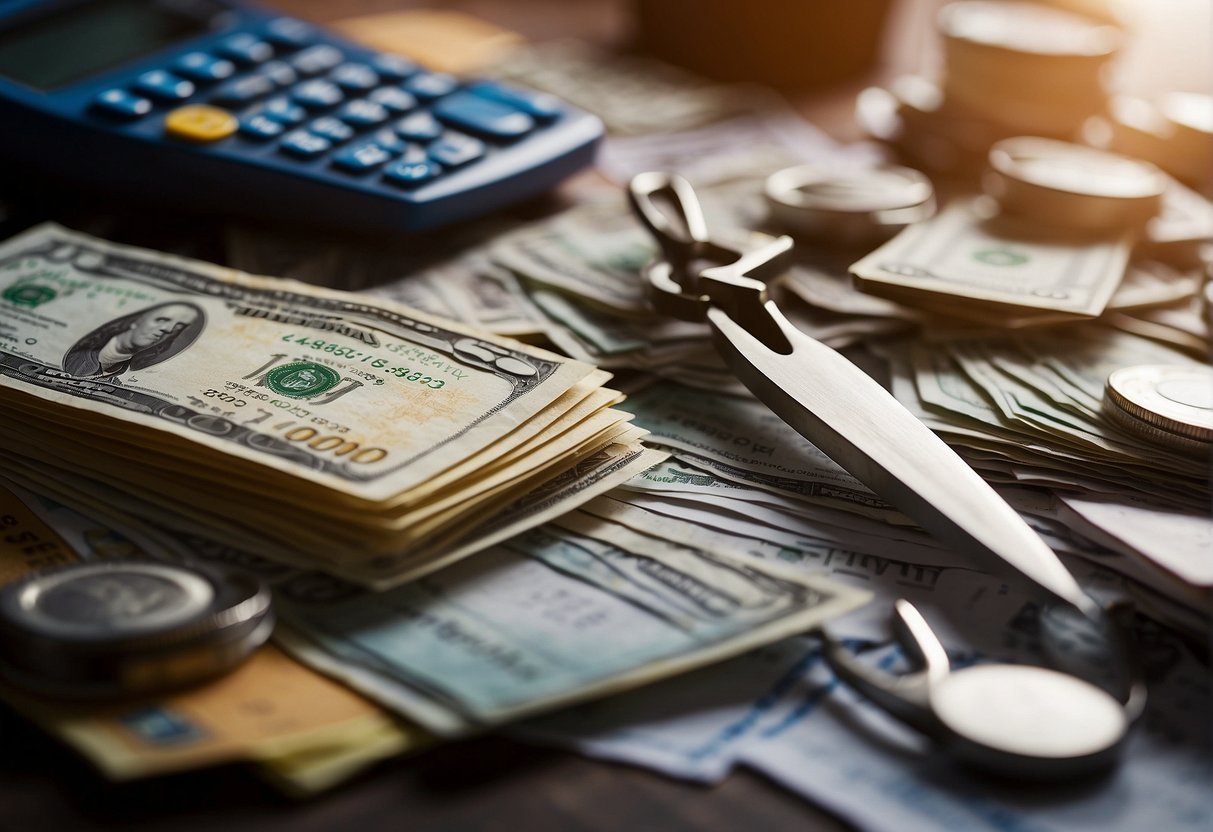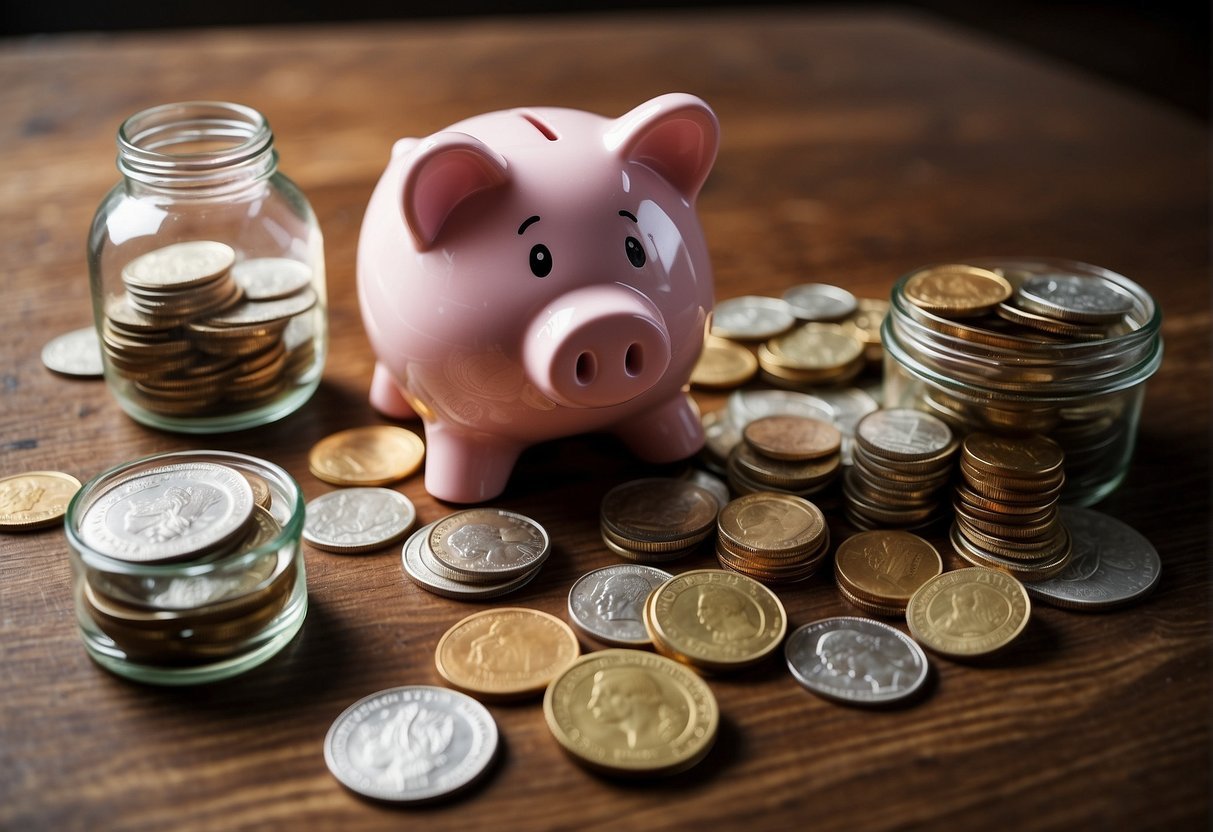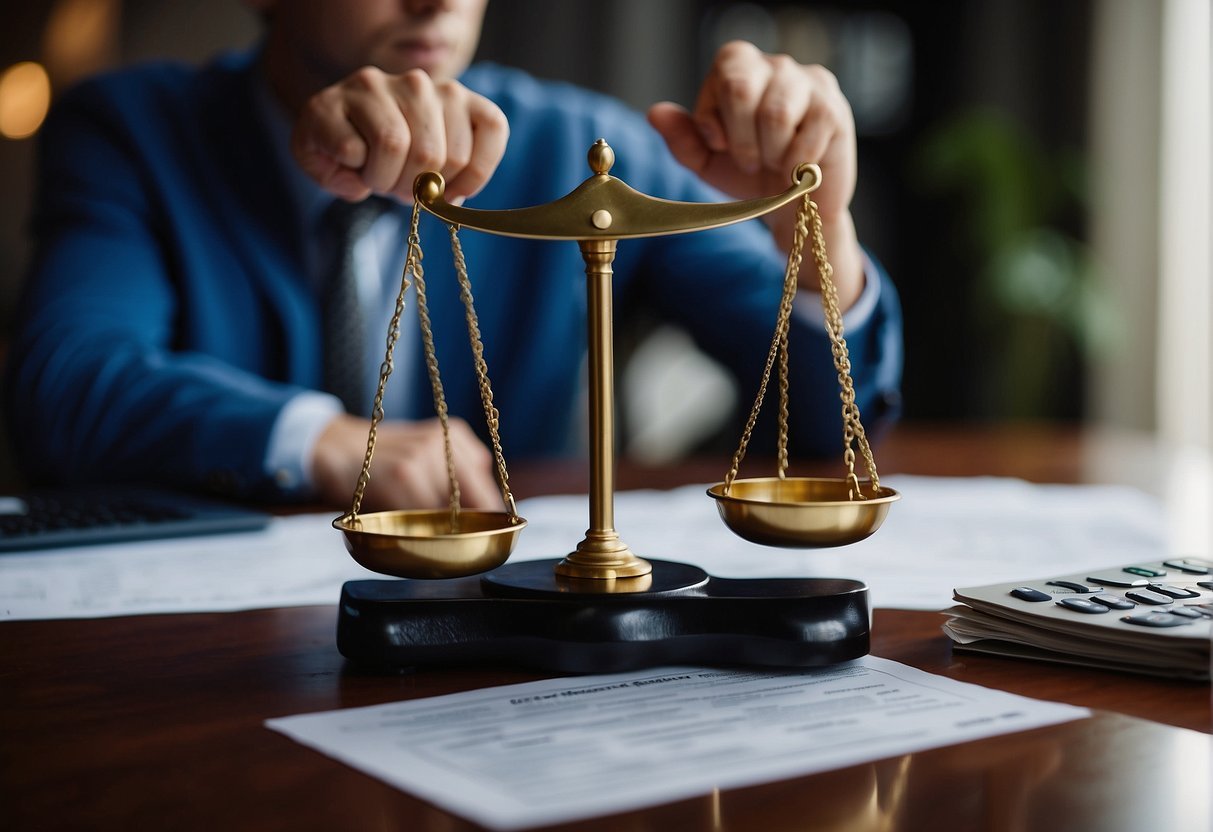Credit card debt can be a significant burden, especially if it has been accumulating for a while. It can take years to pay off, and the high-interest rates can make it seem like an insurmountable obstacle to overcome. However, with the right strategies, it is possible to pay off credit card debt and become debt-free.
One of the first steps to paying off credit card debt is to stop using credit cards altogether. This may seem obvious, but it can be challenging to break the habit of using credit cards for everyday purchases. Instead, focus on using cash or a debit card for purchases, and only use a credit card in emergencies. This will prevent you from adding more debt to your existing balance and allow you to focus on paying off what you already owe.
Another strategy to pay off credit card debt is to create a budget. This will help you identify areas where you can cut back on expenses and free up more money to put towards your debt. It is also essential to prioritize your debt payments by paying off the credit card with the highest interest rate first. By doing this, you will save money on interest charges and be able to pay off your debt more quickly.
Understanding Credit Card Debt
As someone who has struggled with credit card debt in the past, I know how overwhelming it can be. Credit card debt can quickly spiral out of control, leaving you feeling like you’re drowning in bills and interest rates. However, understanding the basics of credit card debt can help you take control of your finances and pay off your debt for good.
The Impact of Interest Rates
Interest rates are a crucial factor in credit card debt. The Annual Percentage Rate (APR) is the interest rate charged on your balance. It’s important to note that credit card companies can change your APR at any time, and they often do so without warning.
The higher your APR, the more interest you’ll pay on your balance. This means that even if you make your minimum payments on time, your balance will continue to grow. For example, if you have a $1,000 balance with a 20% APR, you’ll pay $200 in interest charges each year. That’s $200 that could be going towards paying off your balance.
Minimum Payments and Balance Growth
Minimum payments are the smallest amount you can pay each month to keep your account in good standing. While making your minimum payment is better than missing a payment altogether, it’s important to understand that minimum payments are designed to keep you in debt.
When you make a minimum payment, a portion of your payment goes towards interest charges, and the rest goes towards your balance. However, if your interest charges are higher than your minimum payment, your balance will continue to grow. This means that even if you make your minimum payments on time, you could end up paying off your balance for years to come.
To avoid this, it’s important to pay more than the minimum payment each month. By paying more than the minimum, you’ll reduce your balance faster and pay less in interest charges over time.
In summary, understanding the impact of interest rates and minimum payments is crucial to paying off credit card debt. By making more than the minimum payment each month and keeping your APR as low as possible, you can take control of your finances and pay off your debt for good.
Effective Repayment Strategies
As someone who has experienced the stress of credit card debt, I understand the importance of finding effective repayment strategies. Here are a few options to consider:
Debt Avalanche vs. Debt Snowball
The debt avalanche method involves paying off the highest interest rate credit card balances first, while making minimum payments on the rest. This strategy can save you money on interest in the long run, but it may take longer to see progress on your overall debt.
On the other hand, the debt snowball method involves paying off the smallest balance credit card first, while making minimum payments on the rest. This strategy can give you a psychological boost as you see individual balances disappear, but it may not be the most cost-effective option.
Consider your personal financial situation and goals when deciding which strategy to use.
Balance Transfer Cards
Balance transfer cards can be a useful tool for paying off high-interest balances. These cards allow you to transfer your existing credit card debt to a new card with a lower interest rate, often with an introductory period of 0% interest.
Be aware of balance transfer fees and make sure to pay off the balance before the introductory period ends. Also, avoid using the new card for additional purchases, as this can add to your overall debt.
Debt Consolidation Options
Debt consolidation involves combining multiple debts into one, often through a personal loan. This can simplify your payments and potentially give you a lower interest rate.
Be cautious of taking on additional debt and make sure to compare interest rates and fees before choosing a consolidation option.
Remember, finding the right repayment strategy for you may take time and effort. Don’t be afraid to seek guidance from a financial advisor or credit counselor. With dedication and a solid plan, you can pay off your credit card debt for good.
Budgeting and Expense Management
As someone who has struggled with credit card debt in the past, I know firsthand how overwhelming it can be. However, I also know that with discipline and a solid plan, it is possible to pay off your debt for good. One of the most important steps in this plan is creating a budget and managing your expenses.
Creating a Budget Plan
The first step to managing your expenses is creating a budget plan. This plan should include all of your sources of income, as well as all of your expenses, including your monthly credit card payments. To create your budget, start by listing all of your income sources, such as your salary, side hustle income, and any other sources of income you may have. Next, list all of your expenses, including your rent or mortgage, utilities, groceries, transportation costs, and any other bills you may have. Once you have a clear picture of your income and expenses, you can start to identify areas where you can cut back.
It’s important to be realistic when creating your budget. Don’t set unrealistic goals for yourself, as this will only make it harder to stick to your plan. Instead, be honest with yourself about your spending habits and make adjustments where necessary.
Reducing Expenses
Reducing your expenses is a key part of paying off your credit card debt. One easy way to reduce your expenses is to cut back on non-essential purchases, such as daily coffee runs or eating out at restaurants. Instead, try making coffee at home and cooking meals at home more often. This can save you a significant amount of money each month, which you can put towards paying off your debt.
Another way to reduce your expenses is to negotiate your bills. Call your service providers and ask if there are any discounts or promotions you can take advantage of. You may be surprised at how much you can save just by asking.
In conclusion, creating a budget plan and managing your expenses is a crucial step in paying off your credit card debt. By being disciplined and making small adjustments to your spending habits, you can make significant progress towards becoming debt-free.
Improving Credit Health
As I work to pay off my credit card debt, improving my credit health is a top priority. A good credit score can not only help me get approved for loans and credit cards but can also lead to lower interest rates and better terms. Here are some tips I’ve found helpful for improving my credit health:
Credit Score Factors
Understanding the factors that impact my credit score is the first step in improving it. The two most common credit scoring models are FICO and VantageScore. Both consider payment history, credit utilization, credit history length, credit mix, and new credit accounts when calculating a credit score.
Payment history is the most significant factor in determining a credit score, accounting for 35% of a FICO score and 40% of a VantageScore. Late or missed payments can have a significant negative impact on my score. To avoid this, I set up automatic payments or reminders to ensure I pay my bills on time.
Credit utilization ratio, or the amount of credit I’m using compared to my total credit limit, is the second most important factor, accounting for 30% of a FICO score and 20% of a VantageScore. To keep my credit utilization low, I aim to use no more than 30% of my available credit. For example, if I have a total credit limit of $10,000, I try to keep my balance below $3,000.
Managing Credit Utilization
Managing my credit utilization is crucial to maintaining a healthy credit score. I regularly check my credit report from the three major credit bureaus – Experian, Equifax, and TransUnion – to ensure that my balances and credit limits are accurately reported. If I find any errors, I dispute them with the credit bureau.
I also avoid opening too many new credit accounts at once, as this can lower my score. Instead, I focus on paying off my existing debt and keeping my credit utilization low. If I need to open a new account, I do so sparingly and only when necessary.
In summary, improving my credit health requires me to understand the factors that impact my credit score and manage my credit utilization wisely. By paying my bills on time, keeping my balances low, and avoiding opening too many new accounts, I can maintain a healthy credit score and achieve my financial goals.
Negotiating with Creditors and Seeking Professional Help
When dealing with credit card debt, it’s important to remember that you have options. If you’re struggling to keep up with payments, there are strategies you can use to negotiate with your creditors and seek professional help to get back on track.
Debt Negotiation Tactics
One of the first things you can do is try to negotiate with your creditors. This can involve asking for a lower interest rate, a reduced monthly payment, or even a settlement offer. It’s important to approach this process with patience and a clear understanding of your financial situation. Be prepared to explain your circumstances and make a case for why you need help. You may also want to consider working with a debt management company or credit counseling service to help you negotiate with your creditors.
When negotiating with creditors, it’s important to keep in mind that they are running a business and may not be willing to make concessions if they don’t believe it’s in their best interest. However, if you can show that you are committed to paying off your debt and that you are willing to work with them to find a solution, they may be more willing to work with you.
Credit Counseling and Debt Relief
If you’re struggling to manage your debt on your own, you may want to consider seeking professional help. Credit counseling services can provide guidance on how to manage your debt and develop a plan to pay it off. These services can also help you negotiate with your creditors and may be able to arrange a debt management plan to help you pay off your debt over time.
Debt relief programs, such as debt settlement or bankruptcy, may also be an option if you’re unable to manage your debt on your own or through credit counseling. These programs can help you reduce or eliminate your debt, but they can also have long-term consequences on your credit score and financial future. It’s important to carefully consider your options and seek guidance from a professional before pursuing any debt relief program.
Overall, negotiating with creditors and seeking professional help can be effective strategies for managing credit card debt. With patience, knowledge, and a clear understanding of your financial situation, you can take steps to pay off your debt for good.





